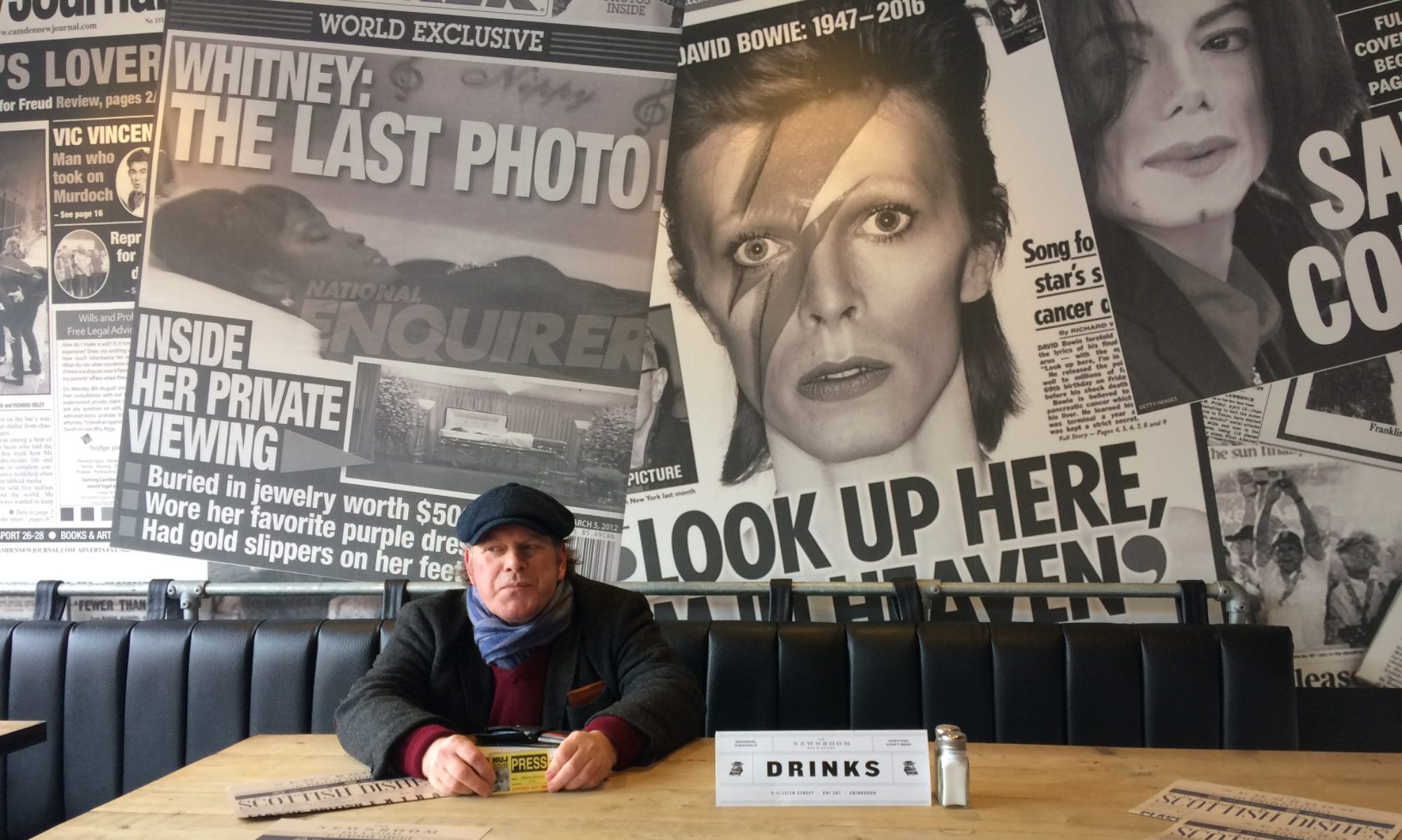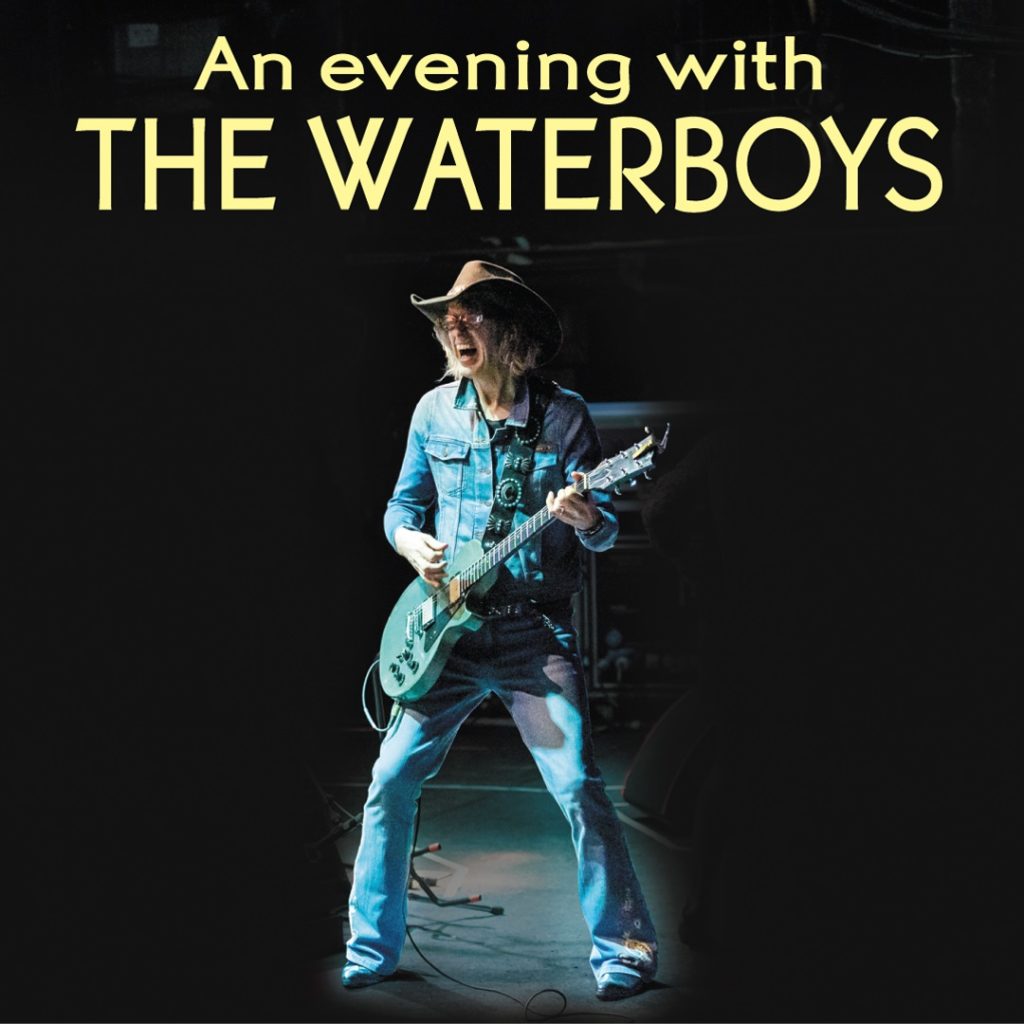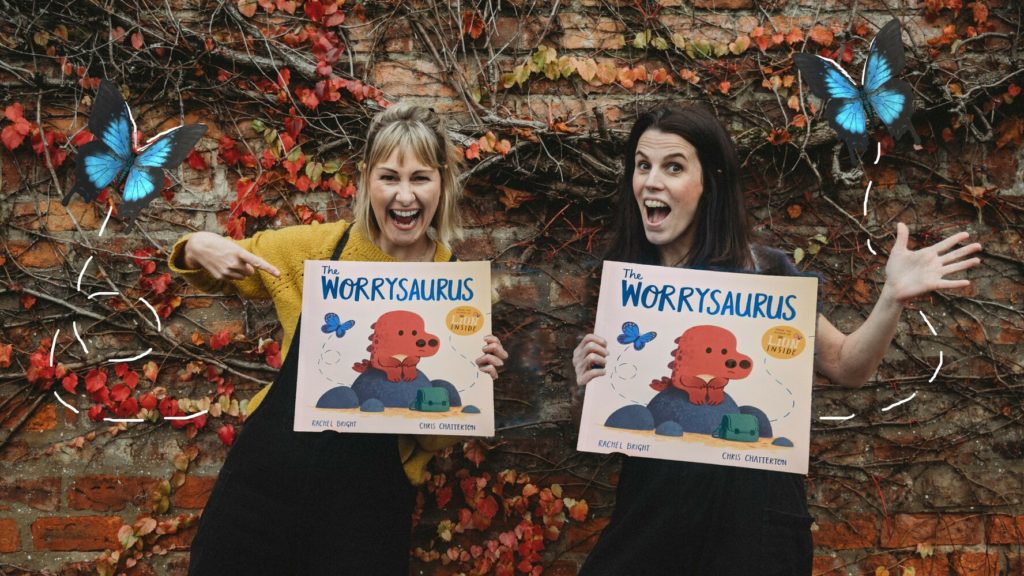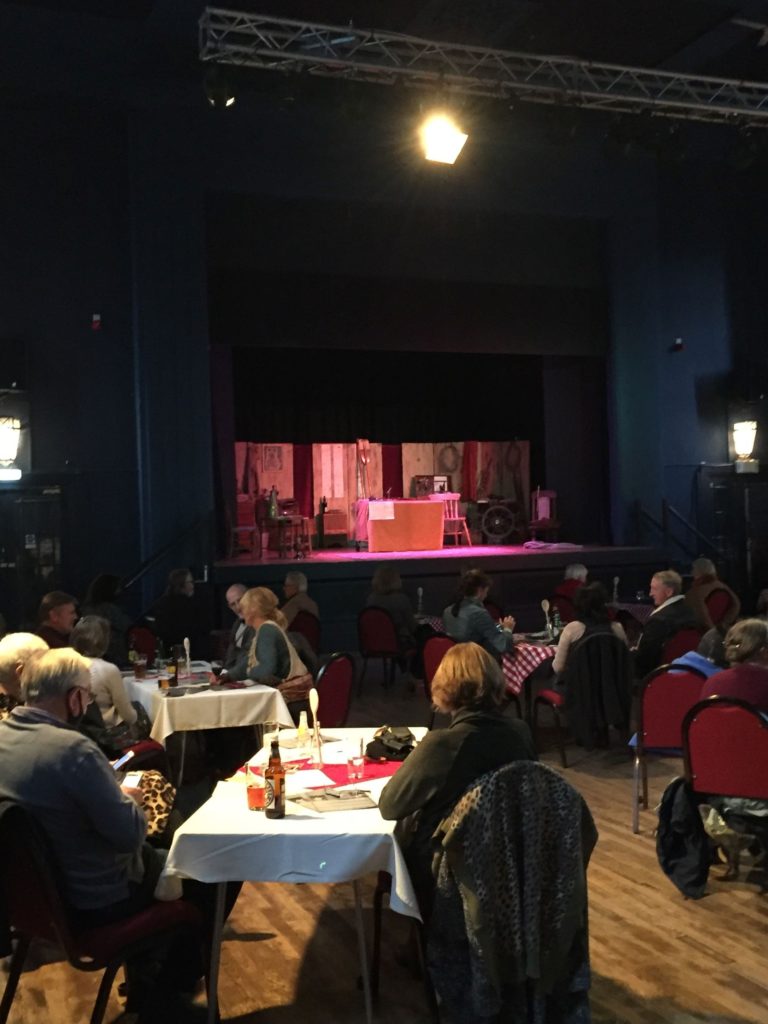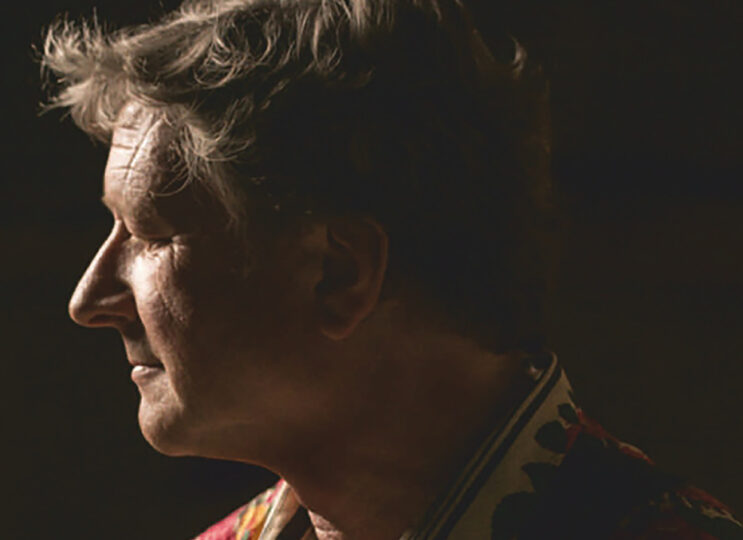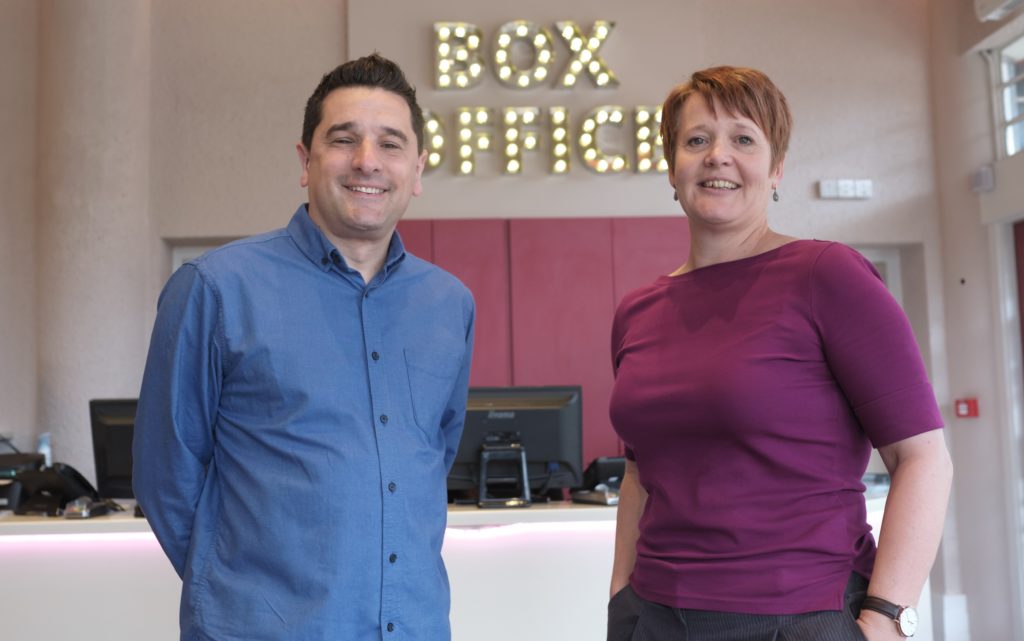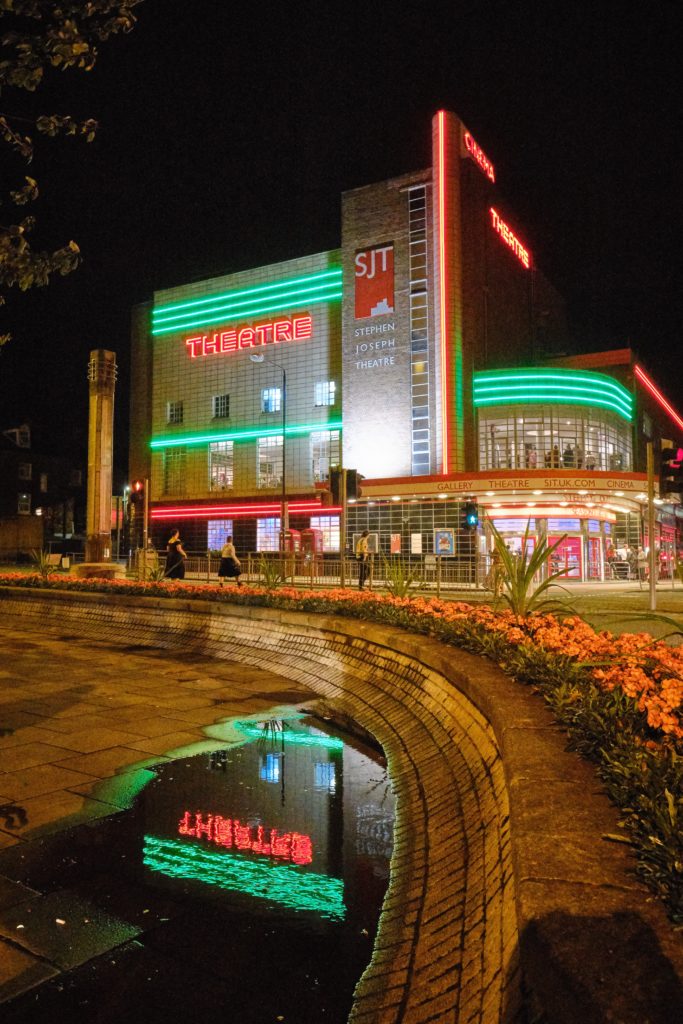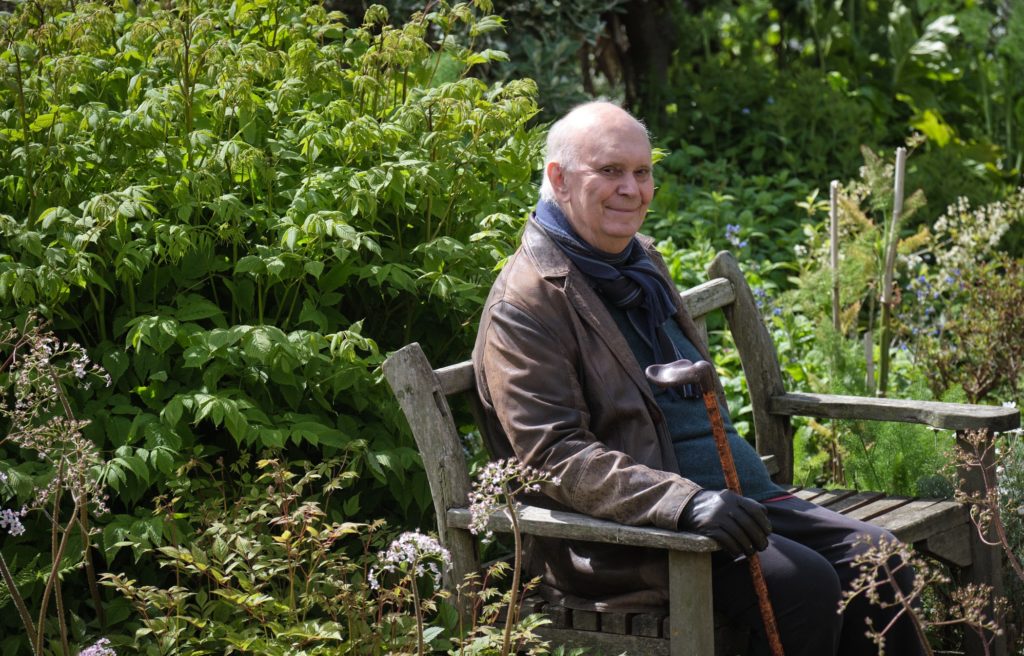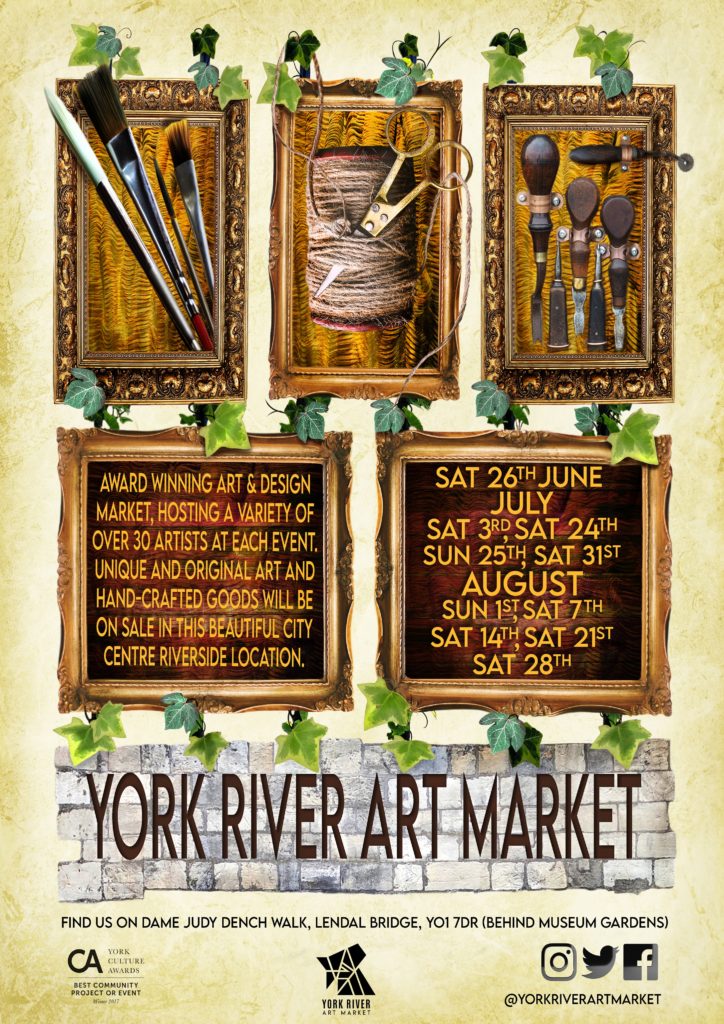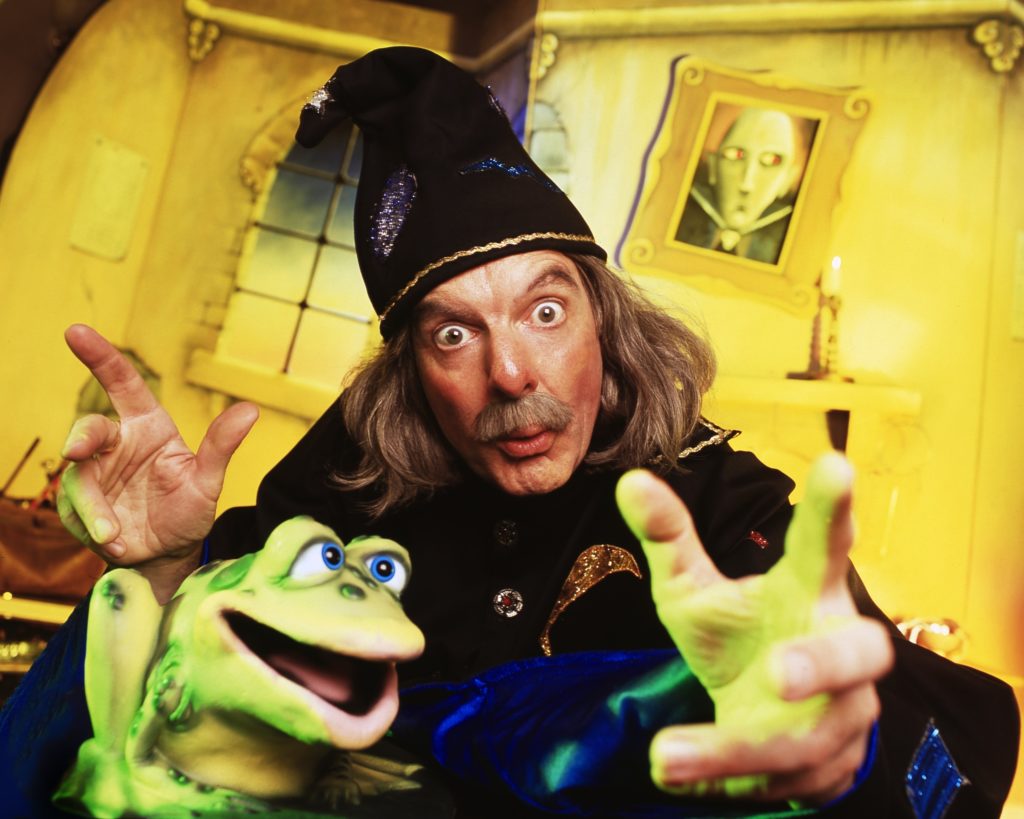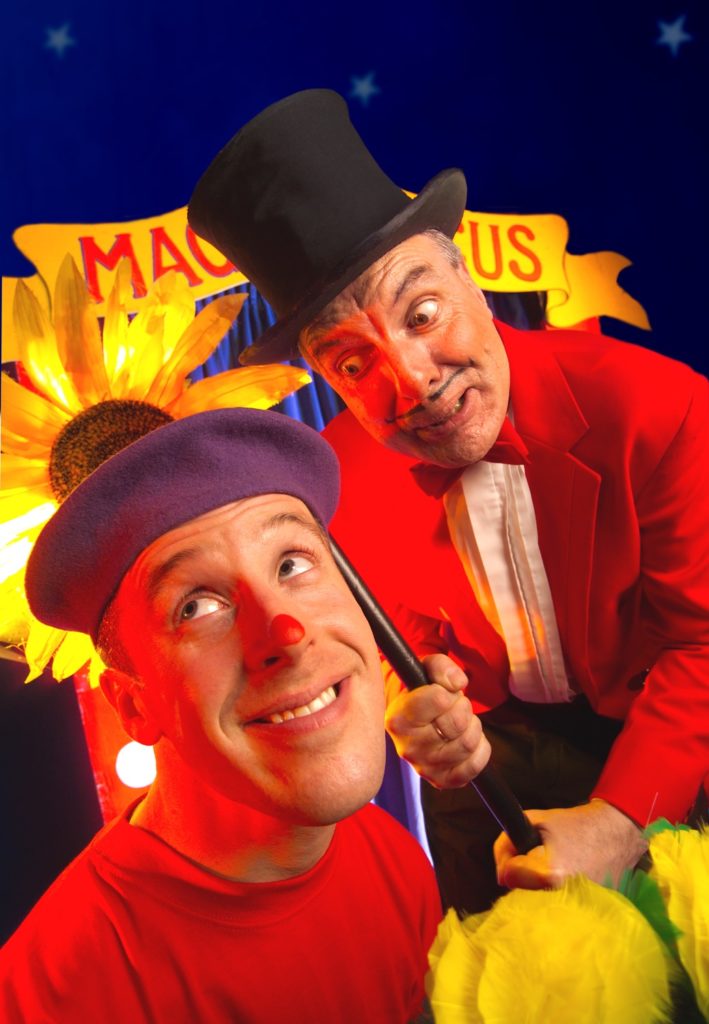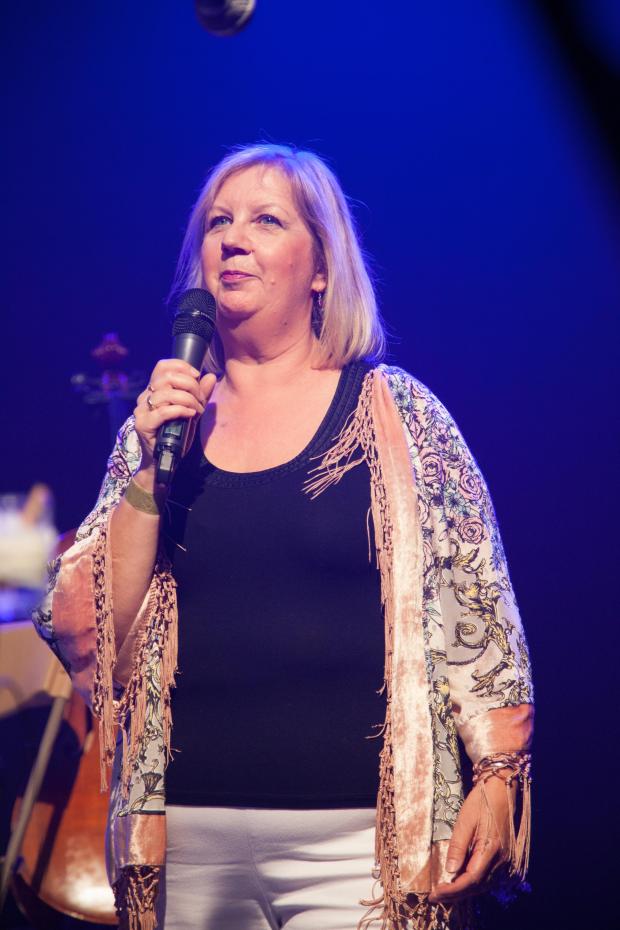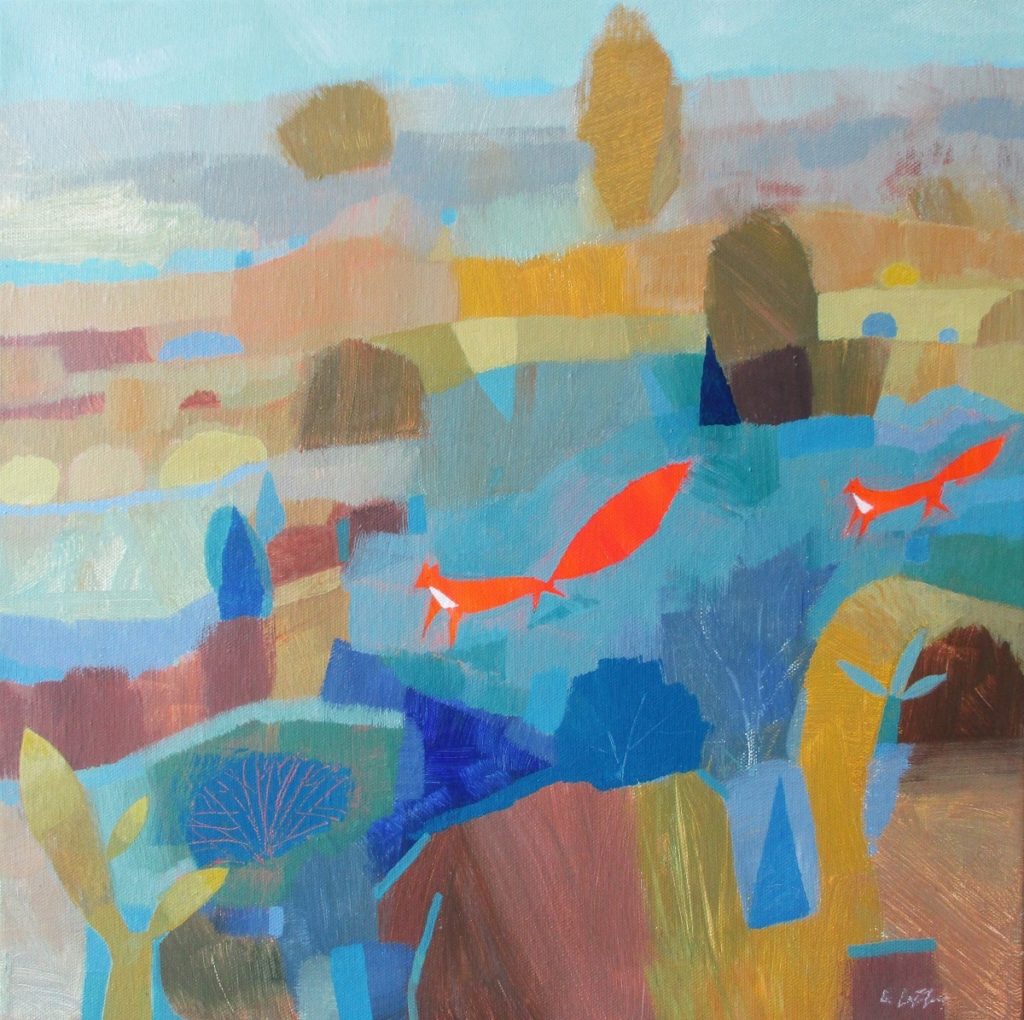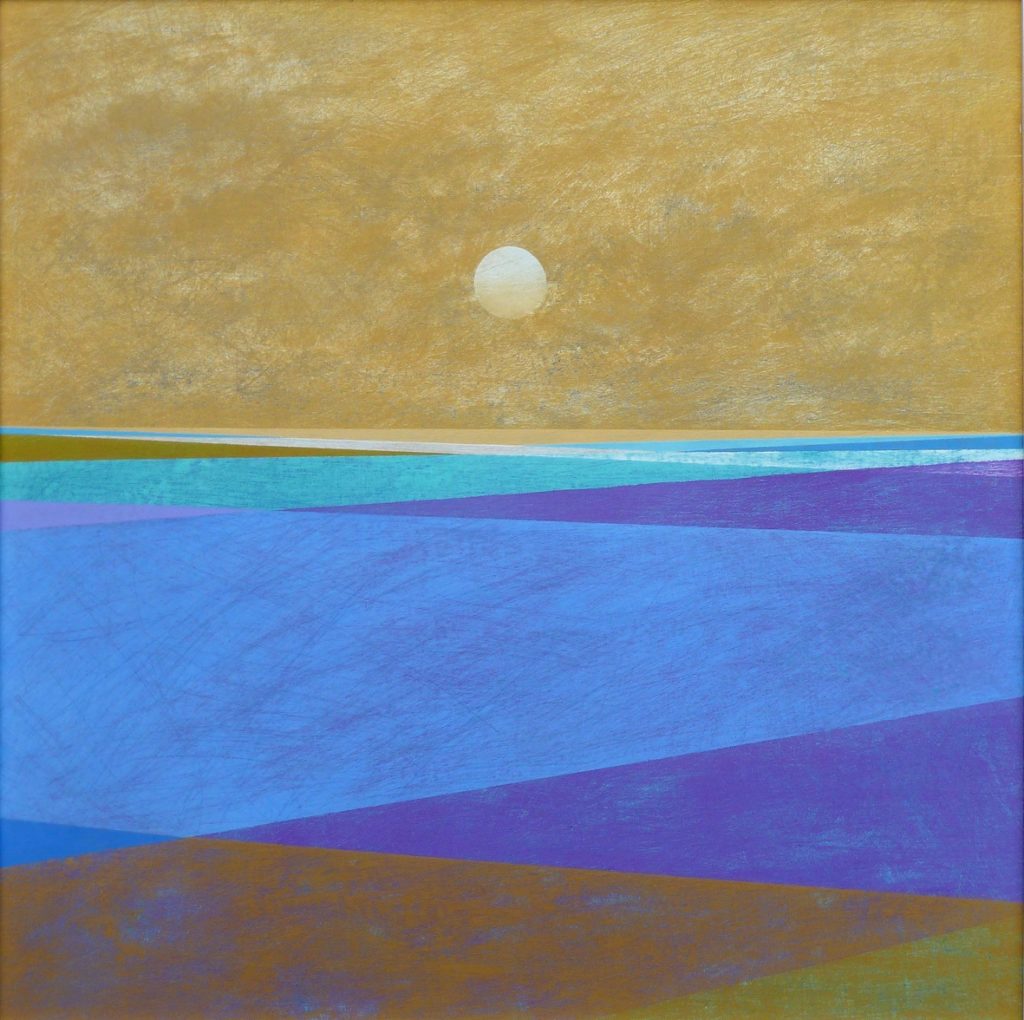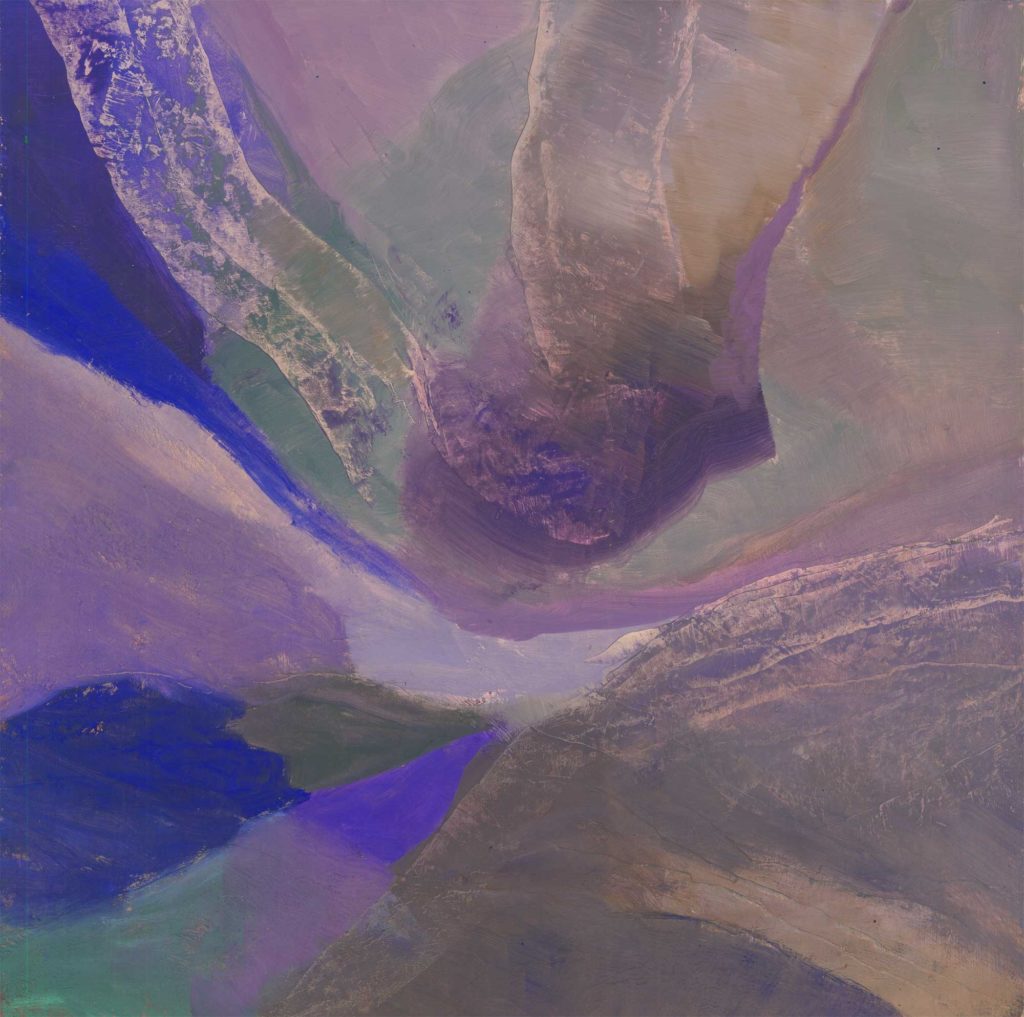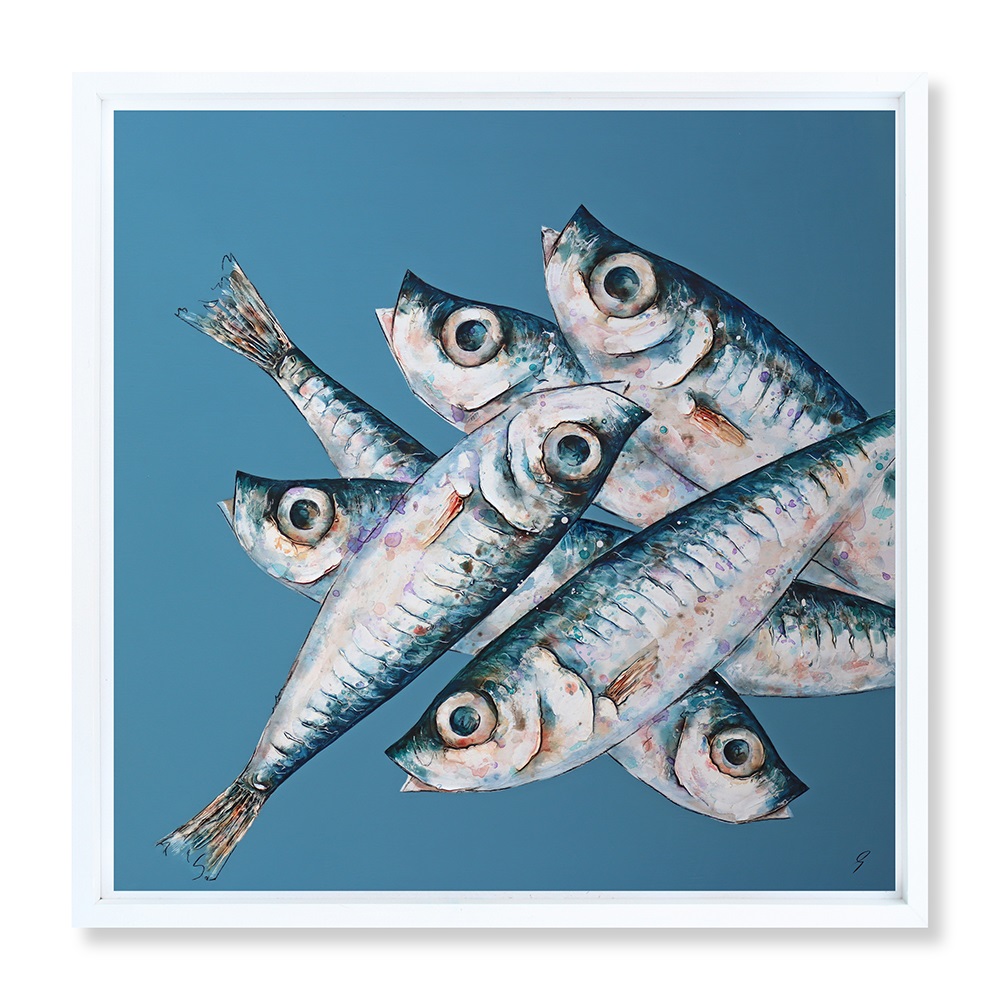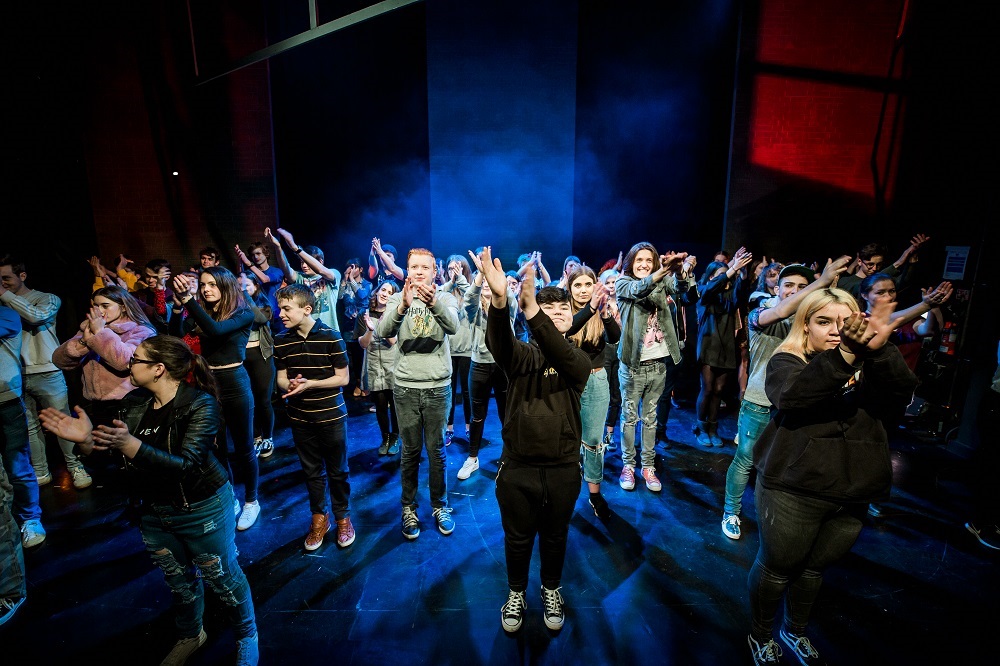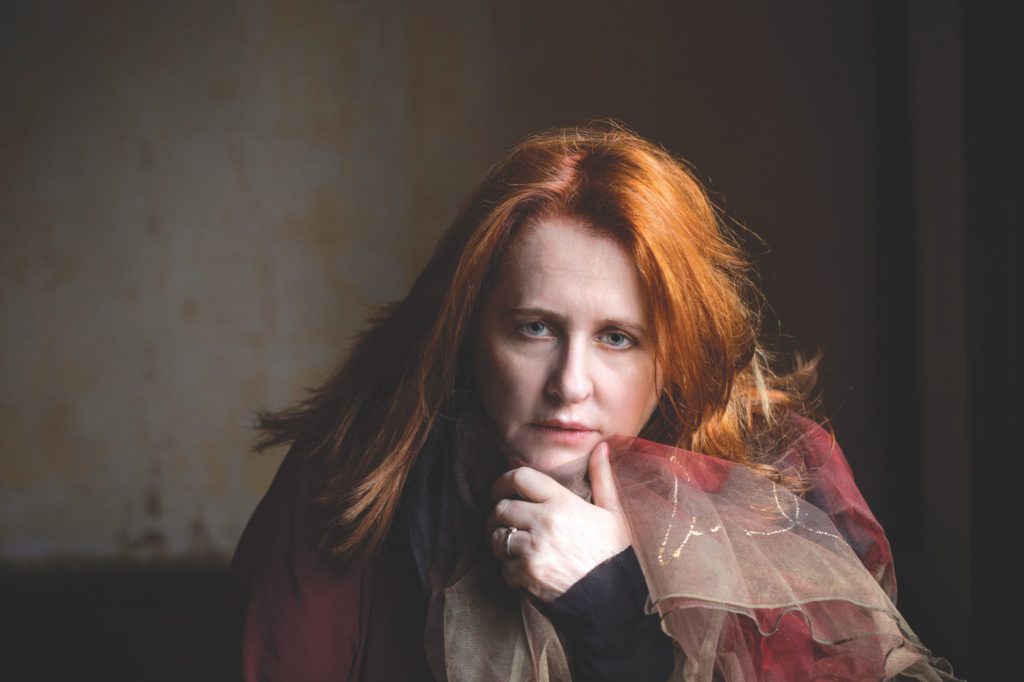
GALWAY jazz and blues chanteuse Mary Coughlan is moving her Pocklington Arts Centre show for a third time in these pandemic times.
“Ireland’s Billie Holliday” twice rearranged her gig during 2020, and now she is doing so again, switching from April 23 to October 19.
At the heart of Mary’s concert, fourth time lucky, will still be Life Stories, her 15th album, released on the wonderfully named Hail Mary Records last September.
As the title would suggest, and likewise such song titles as Family Life, Two Breaking Into One, Elbow Deep and Twelve Steps Forward And Ten Steps Back, these are songs of heart and soul and survival, steeped in reflection on family, love, loss and an extraordinary life of the blues wherein Mary has overcome childhood trauma, alcoholism and drug addiction.
Mary has never hidden her battles – 32 times she ended up in hospital with alcohol poisoning – as indicated by calling her first three albums Tired And Emotional (1985), Under The Influence (1987) and Uncertain Pleasures (1990), and later entitling her frank 2009 autobiography Bloody Mary: My Story.
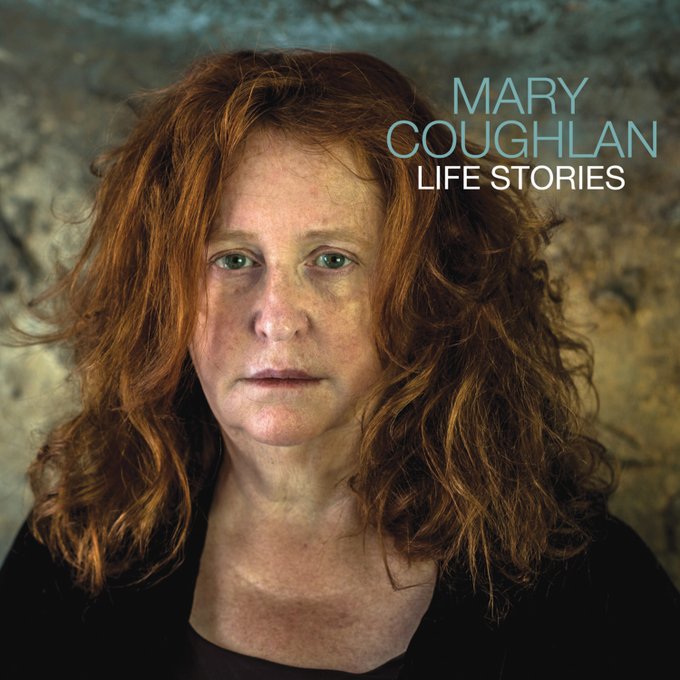
Life Stories emerged in the wake of Women Undone, her 2018 fusion of theatre, music and dance at Projects Art Centre, Dublin, in a collaboration with the Brokentalkers and Valgeir Sigurðsson, that told the story of a young woman who endured abuse, addiction and mental illness and whose discovery of art and music was her redemption.
Coughlan appeared alongside female quartet Mongoose, performing an original score by Sigurðsson that fused electronic music with live instrumentation and a haunting vocal score.
“On the back of that show, I asked Pete [guitarist, songwriter and producer Pete Glenister] to make this album with me, in 2019, going over to his house, working on the songs,” recalls Mary. “I’d sing him the lyrics, he’d work on the melodies, and then we had all these songs ready.”
Glenister and Coughlan recorded Life Stories at No Name Studios in London in the summer of 2019, applying the finishing touches in February 2020, before the first lockdown.
“Wonderful long summer days of collaborating on songs,” says Mary in her album sleeve-notes. “Singing and making music all day and eating wonderful food and spending the evenings in the garden sipping mint tea.”
Alongside the Glenister and Coughlan originals is the album-opening cover of Family Life, a Paul Buchanan composition from Blue Nile’s 1996 album Peace At Last. “He liked it!” says Mary. “I had to run it by him, though I don’t think Paul is the kind of person that would stop me doing it.
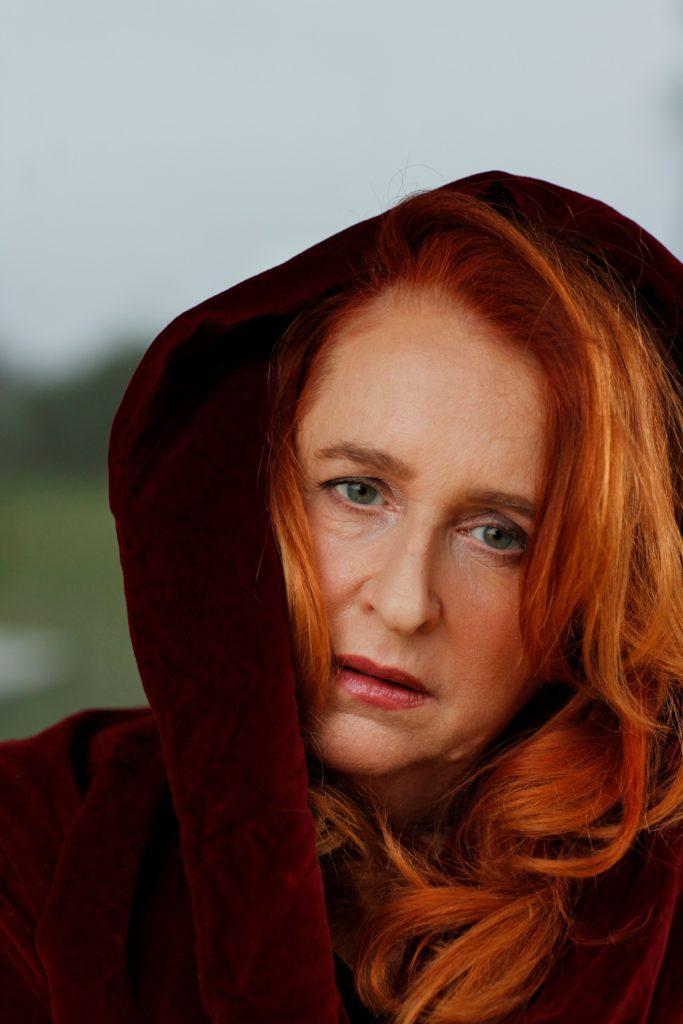
“There’s a Blue Nile fan club and they follow me everywhere, always turning out in force at my shows, and I started singing that song more than two years ago. I sang it for the first time the day my mother was buried, so it means a lot to me.”
Mary has always been a noted interpreter of songs, not least on her 2000 album Mary Coughlan Sings Billie Holiday, but Life Stories largely moves away from that template.
“I’ve always hid behind other people’s songs that meant something to me, but then, looking at the calendar, I was turning 64, and it was pointed out I had all these stories, so these songs are autobiographical.
“That made it a more difficult process and much more difficult for me, because maybe it was too raw.”
The resulting album has been met with critical acclaim and chart-topping success. “I nearly passed out when it was made Album of the Week in Ireland, and then it was number one in the Irish iTunes…at 64…as a grandmother!” says Mary. “Number one anywhere is great!

“It’s so exciting but also scary when you bring out a new record. You don’t know how people will receive it. Who knows! But there’s a lot of different styles on there. I needed the balance that people could relate to on there, and they have.”
Last year had promised to be Mary’s “best for a long time”, but then the Covid-19 pandemic put paid to her appearances at Glastonbury and Galway Arts Festival, gigs in Norway and 15 sold-out shows across Britain.
She did, however, perform a series of socially distanced open-air album launch concerts in Ireland, in September, and one in her Wicklow home when the rain forced her inside to sing surrounded by 100 candles and fairy-lights.
She brought a personal touch to the album too, distributing signed copies, each with a drawing of flowers enclosed, from her house.
Those songs, those stories, will flower anew when Mary plays her autumn shows. In the meantime, do seek out Life Stories, an album from a year when Galway City’s mayor presented her with a Lifetime Achievement Award.
Hurricane Promotions presents Mary Coughlan at Pocklington Arts Centre on October 19. Box office: pocklingtonartscetre.co.uk.
Copyright of The Press, York
